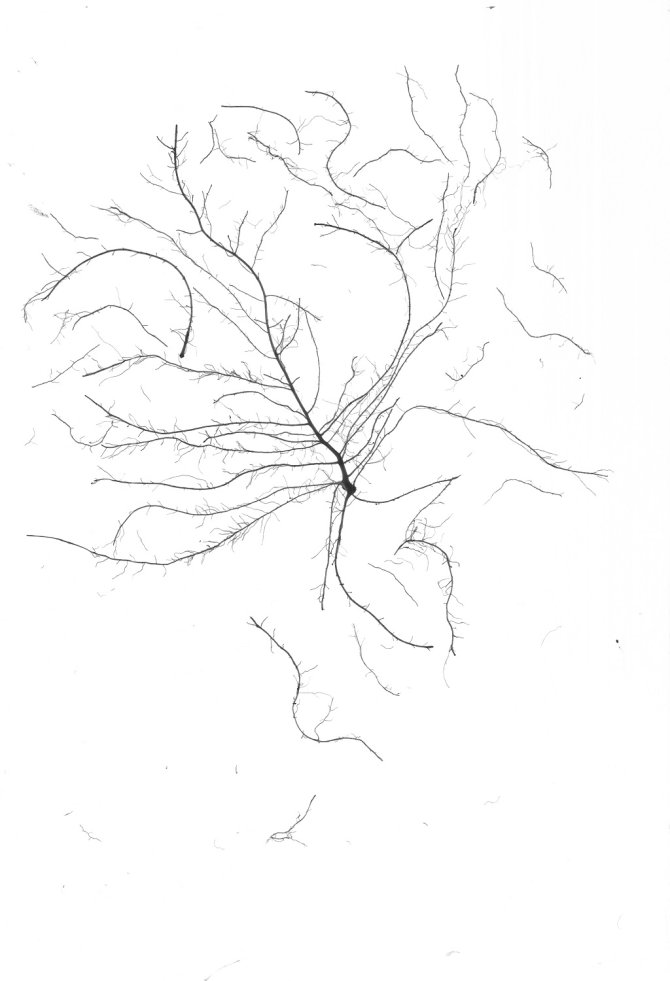Project
Root traits in intercropping systems
In the context of the CropMix project (cropmix.nl), field experiments will be set to quantify the effect of intercropping on above- and below-ground traits of different crop species to unravel mechanisms underlying intercrop performance. This project offers an experience with different types of destructive and non-destructive measurements, related to plant growth, physiology, and architecture.
Project description
The agricultural sector and an interdisciplinary national research team are joining forces in the CropMix project to achieve a breakthrough in the transition to sustainable arable farming. We study how strip intercropping can provide more efficient use of nutrients and sunlight to promote plant growth, and how architectural changes ( also called plasticity) can contribute.
In this specific project we quantify architectural traits of various species (Potato, Pumpkin, Faba bean, Pumpkin and Oat) during plant development and identify if plants show plastic responses towards their environment induced by intercropping.
Objectives and methods
- Quantify biomass growth and nitrogen uptake during development
- Quantify root traits across dynamic crop growth and development
- Quantify plasticity of root traits towards neighboring crop species (mono. vs. intercrop; strip edge vs. within-strip) and impact on performance (light distribution, biomass, yield)
Expectations
Set clear research questions and hypotheses, search/read literature for ecological principles, collect data in the field, data management and analyses.
Required skills
Experience with root experiments, or experience in field work. Basic data management and statistical skills.
Period
February/March 2024 to September/October 2024.
Location
WUR campus
Supervisor
